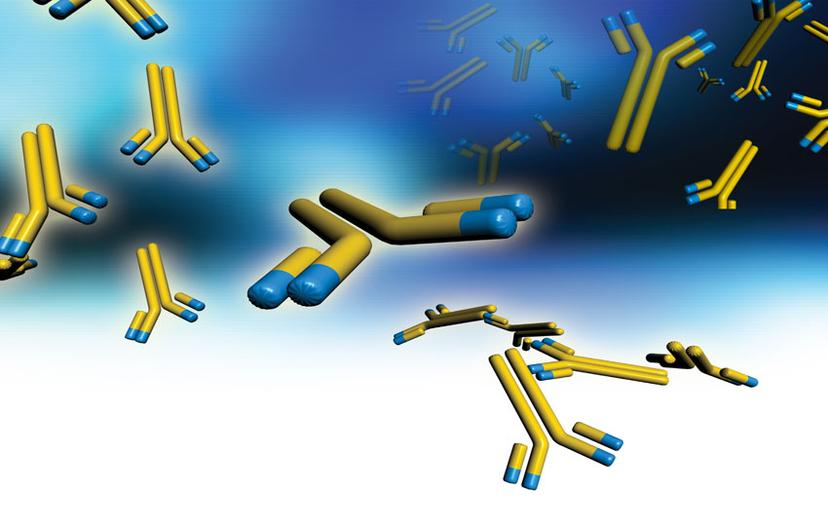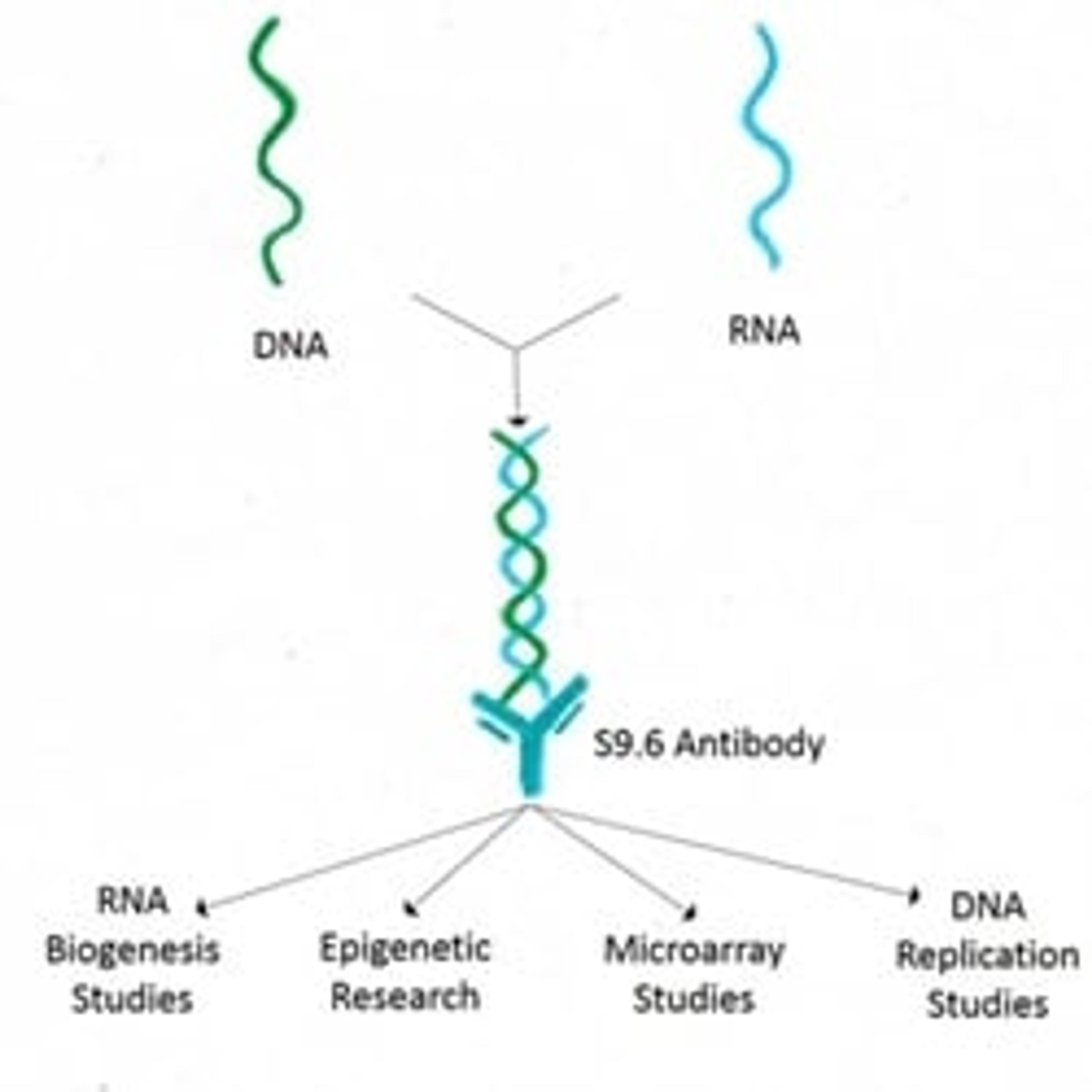Easy Collaboration: Reagent-Sharing Solution Accelerates Life Science Research
Kerafast's innovative scheme offers access to hundreds of reagents
27 Aug 2015
Find out more about Kerafast's efficient reagent-sharing process
Have you ever wished for an easier way to share your laboratory reagents? Or would you like to gain access to unique research materials that could accelerate your work? The Kerafast Reagents for the Greater Good program presents a solution to help overcome the obstacles associated with the traditional reagent-sharing process, by providing an innovative solution that facilitates access to reagents developed by academic and government laboratories.
The traditional reagent-sharing process can be a time-consuming burden for both providing and procuring laboratories. With a mission to accelerate scientific research, Kerafast provides rapid online access to laboratory-made research reagents, while also reinvesting back into research by providing generous royalty payments to contributing scientists and their institutions when their materials are purchased.
Streamlining the Reagent-Sharing Process
The Reagents for the Greater Good program aids both providing and procuring laboratories to give worldwide access to rare, often one-of-a-kind reagents that offer the ability to advance life science research.
Traditionally, reagents are shared among researchers using the Material Transfer Agreement (MTA) process, which can take weeks or even months to complete. Once the MTA is finalized, the providing laboratory then must prepare, pack and ship the reagents.
Kerafast streamlines this entire process by employing a research-only license agreement that eliminates the need for a traditional MTA, as well as handling selling, shipping and logistics for the providing laboratory. Furthermore, working with Kerafast enables providing laboratories to promote their reagents to the global scientific community, while royalty payments from every sale of their reagents can be used to help fund further research.

Professor Scot Kimball
Professor of Cellular and Molecular Physiology, Penn State College of Medicine
Providing Laboratories
SelectScience spoke to one providing scientist, Professor Scot Kimball, Department of Cellular and Molecular Physiology, Penn State College of Medicine, about his experience. Professor Kimball had been relying on the use of radiolabeled phenylalanine to assess protein synthesis in rodent muscle, but was searching for a method that would avoid the drawbacks of using radiation. “A research associate in my laboratory, Rick Horetsky, with the help of Drs. Leonard Jefferson and Charles Lang, took on the task of raising a monoclonal antibody against puromycin,” explained Professor Kimball. The newly formed Anti-Puromycin [3RH11] Antibody gave qualitatively similar results to those using the traditional approach involving radiolabeled phenylalanine, and is now a popular reagent on the Kerafast website.
Professor Kimball continued to explain that his laboratory “usually uses the antibody for Western blot analysis of samples after incubating cells with puromycin or administering puromycin to rats or mice”, stating that the significance of the method is that it “eliminates the need for using radioactively-labeled amino acids, and the possible problems associated with their use, e.g. possible exposure and contamination, cost of disposal...”
Professor Kimball explained the advantages of the Kerafast program: “not having to take the time to package [the reagent] and mail it to laboratories interested in using it is one of the main benefits.” The process for his laboratory is simply “purify the anti-puromycin antibody, and then send it to Kerafast. They then aliquot it and sell it.” Scientists around the world now have access to the Anti-Puromycin [3RH11] Antibody for use in the assessment of alterations in protein synthesis in cells and in animal models.
Procuring Laboratories
Procuring laboratories also greatly benefit from Kerafast’s new program. The wide range of unique laboratory-made reagents allows researchers to discover new research tools they may not have seen yet in scientific literature. This program allows researchers to quickly access reagents provided by Kerafast, rather than re-creating similar materials in their own labs, which is both costly and time-consuming.
SelectScience spoke to a procuring scientist who regularly uses Anti-tdTomato [16D7] Antibody for visualizing tdTomato-expressing cells in fluorescent microscopy on frozen PFA-fixed tissue sections. The scientist studies cellular immunology and says that the “useful antibodies” provided through the Reagents for the Greater Good program has helped his research greatly.
Overall Benefits to the Scientific Community
The overall benefit of the Kerafast Reagents for the Greater Good program is the global mobilization of rare and unique research materials, getting them into the hands of scientists who can use them to advance their own research. Kerafast states that “Since our founding in 2011, we’ve partnered with 126 prominent research institutions that are sharing reagents via the Kerafast platform. Our program provides these contributing institutions and their scientists with an extra source of funding to support new research. In addition, the reagents available on the Kerafast platform have been accessed and used by scientists in 48 different countries across six continents, advancing research in laboratories across the globe.”
Kerafast simply and effectively enables participating scientists to help each other advance the life science research industry. The company is continuing to grow the list of available reagents, adding new providing institutions and scientists to the program, as well as adding new reagents from existing providers. Kerafast now aims to collaborate with more international providers to expand its provider base globally.
To find out more about the Kerafast Reagents for the Greater Good program, click here.


